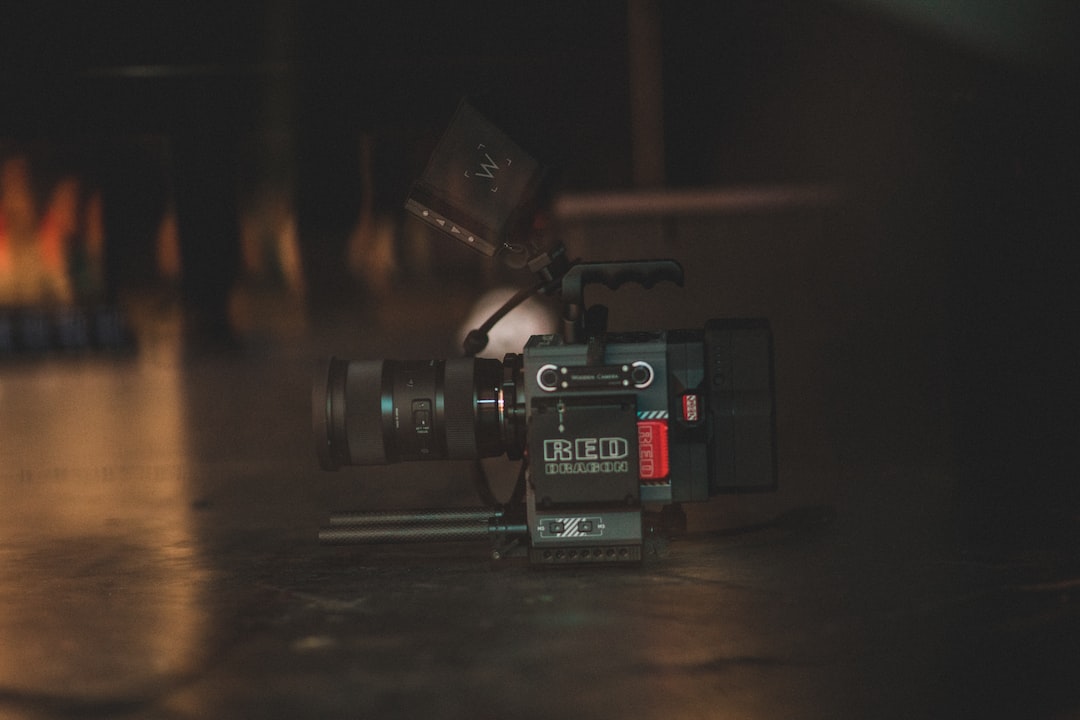Balancing Budget and Innovation in Product Design and Development
In today’s fast-paced technological world, companies are always trying to innovate and design better products to stay ahead of their competition. However, to achieve this, companies need to balance their budget and innovation in product design and development.
Product design and development is a complex process that involves many stages, from idea generation to product launch. It requires a significant investment of time, money, and resources to create a high-quality product that meets customer needs and expectations.
Balancing budget and innovation is not an easy task, as companies need to keep an eye on their finances while also exploring new ideas and technologies. One way to achieve this is by setting achievable goals that align with the organization’s strategic objectives.
To begin with, companies need to conduct market research to identify customer needs, preferences, and pain points. This information can help companies develop products that meet the needs of their target audience, reducing the likelihood of wasting resources on products that are not of interest to them.
Innovation comes with a risk. Sometimes, the ideas explored will not materialize as planned, potentially resulting in a loss of funds. That being said, organizations need to monitor their expenses and budgets to avoid overspending on development processes that might not lead to the expected results. To strike a balance, companies need to design products that differentiate themselves and add value to their customers while also managing their expenses.
Another approach is to incorporate lean principles into the product design and development process. Lean principles are focused on efficiency and reducing waste, resulting in a leaner and more efficient development process. This means reducing over-processing, over-production and investing in only the essential activities and tools. Such an approach enables a cost-effective product development process while maintaining quality.
Moreover, companies can outsource certain product design and development activities to experts who specialize in the activity in question. Outsourcing enables companies to save time and money and increases productivity as the experts come with plenty of experience and insights to make the process swift and accurate. Partnering with service providers who specialize in innovation, product design engineering or supply chain management can bring in valuable insights and skills to achieve a balance between budget and innovation.
In summary, balancing budget and innovation is critical when it comes to product design and development. By setting achievable goals, conducting proper research, incorporating lean principles, and outsourcing, companies can strike a balance between expenses and innovation, enabling them to develop high-quality products that meet their customers’ needs and preferences. Companies that keep a close eye on expenses while being innovative and adopting practical measures can be assured of long-term success, relevance and competitive advantage in the marketplace.

